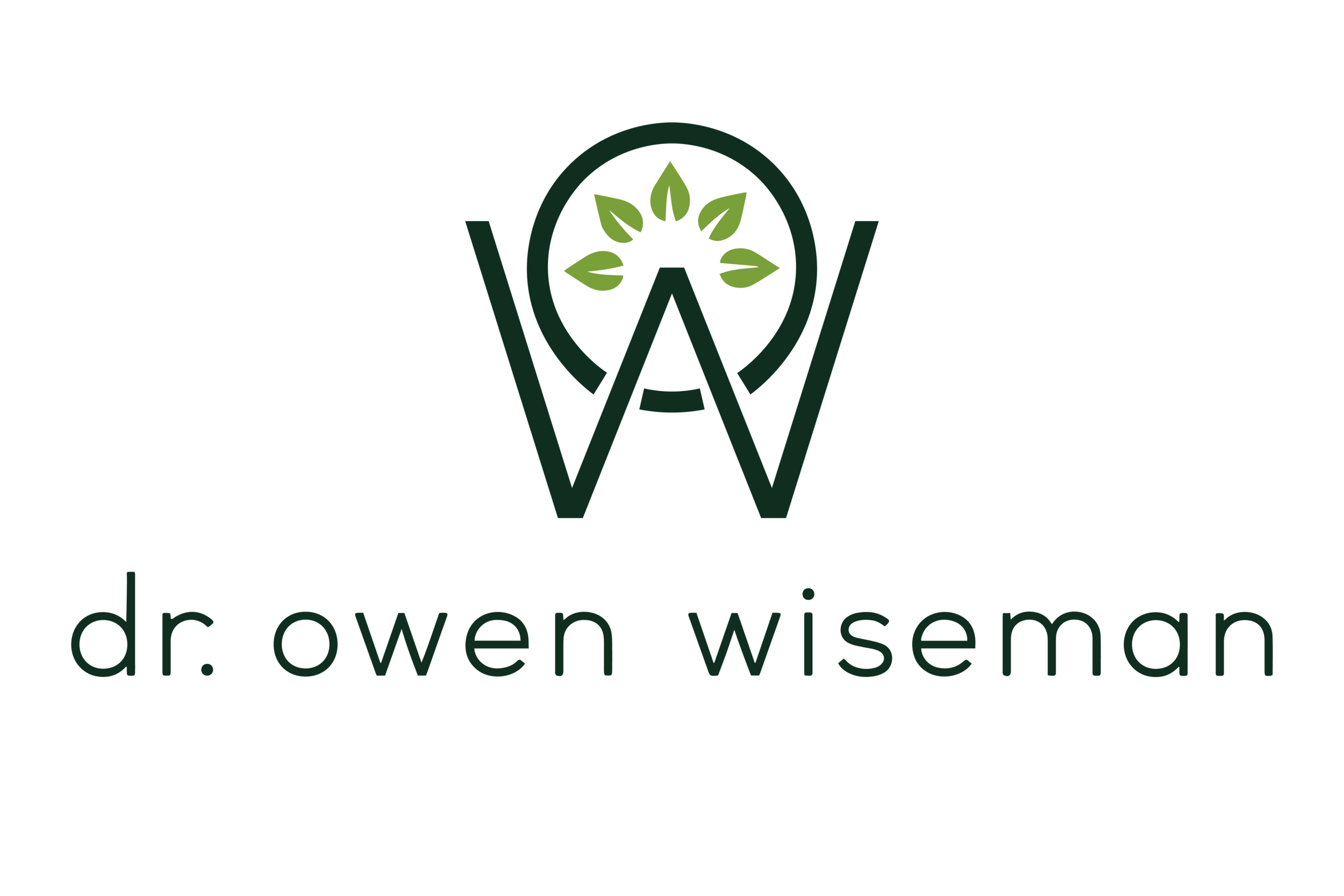Climate Change and Disease Outbreaks: The Impact on Human Health
As our planet grapples with the relentless force of climate change, its effects reverberate far beyond environmental shifts, encroaching deeply on human health. The intricate dance between our changing climate and the upsurge of disease outbreaks poses a looming threat, with vector-borne, water-borne, and food-borne illnesses taking centre stage.
Rising Temperatures: Fueling the Surge of Vector-Borne Diseases
Insects like mosquitoes, ticks, and fleas—the stealthy carriers of vector-borne diseases—are expanding their territories and numbers in response to the changing climate.1,2 Warmer temperatures and altered rainfall patterns serve as catalysts, propelling these disease-bearing insects into new areas.3
The result?
An alarming increase in diseases like malaria, dengue, and Lyme disease, as more individuals fall victim to their infectious bites.
Mosquito biting a Caucasian human
Cholera's Tainted Waters: A Product of Climate Change
Cholera, a water-borne scourge, finds fertile ground amidst the tumultuous climate shifts. Extreme weather events such as hurricanes and floods wreak havoc on water supplies, birthing ripe conditions for contamination. Meanwhile, the warming of oceans and coastal waters invites the proliferation of Vibrio bacteria, the culprits behind cholera outbreaks, expanding their reach and endangering more individuals through tainted water sources.4
A team of researchers was able to model and forecast cholera incidence in Bangladesh up to 2050. The two main risk factors were elevation and distance to water, and they hope the data can be used to guide proactive public health policy.5
The Culinary Conundrum: Food-Borne Illnesses on the Rise
Our changing climate also casts its shadow on our food. Accelerated crop maturation, spurred by soaring global temperatures, leaves farmers with less time to ensure food safety. This precipitous rush increases the risk of food contamination and the spread of food-borne diseases.
Additionally, shifts in rainfall patterns and drought frequency further imperil freshwater sources, compounding the risk of food contamination. The surge in temperatures provides a conducive environment for the growth of harmful bacteria including Salmonella or Campylobacter, further exacerbating the prevalence of food-related illnesses.6
Scorching Heatwaves: A Harbinger of Health Woes
Heatwaves, as manifestations of our changing climate, hold a deeper connection to the proliferation of disease outbreaks. The intricate interplay between extreme heat events and health vulnerabilities lays the groundwork for the exacerbation and spread of various diseases. One study even showed that 69.3% of COVID-19 cases in the summer of 2022 could have been avoided if there were no heat waves.7
Vector-borne: Mosquitoes, ticks, and other insects thrive in warm, humid conditions, proliferating rapidly during extended periods of high temperatures. These opportunistic vectors become more active, increasing their populations and geographical reach. This surge in numbers amplifies the risk of vector-borne diseases, such as malaria, dengue, and Zika virus, as these insects transmit pathogens to a larger populace.
Water-borne: Heatwaves often bring about drought conditions, leading to water scarcity and compromising water quality. Reduced water availability coupled with increased demand can force communities to use unclean water sources, elevating the risk of waterborne diseases such as cholera, typhoid, and gastrointestinal infections. As dehydration becomes more prevalent during heatwaves, individuals might resort to drinking from unsafe water reservoirs, inadvertently escalating the incidence of waterborne illnesses.
Food-borne: The accelerated spoilage of perishable food items, combined with challenges in maintaining food supply chains, increases the risk of food contamination. Improperly stored or processed food becomes a breeding ground for harmful bacteria, heightening the prevalence of food-borne diseases like salmonella and E. coli infections.
Unyielding Call to Action
In the face of these multifaceted health perils, the clarion call for action becomes ever more resounding. Public health entities and governments must band together, investing in early warning systems, fortifying health infrastructure, and implementing adaptive strategies to help communities grapple with the far-reaching health impacts of climate change. Only through unified efforts can we safeguard human health and stem the tide of disease transmission.
Climate change is not merely an environmental conundrum; it is undeniably a critical determinant of our well-being. By addressing its impact on disease outbreaks, we pave the way for a healthier, more resilient future. Public health officials, governments, and communities must join forces to protect human health and stave off the perils of disease in an era defined by climate upheaval.
References
Thomson, Madeleine C., and Lawrence R. Stanberry. "Climate change and vectorborne diseases." New England Journal of Medicine 387.21 (2022): 1969-1978.
Mojahed, Nooshin, Mohammad Ali Mohammadkhani, and Ashraf Mohamadkhani. "Climate Crises and Developing Vector-Borne Diseases: A Narrative Review." Iranian journal of public health 51.12 (2022): 2664.
Rocklöv, Joacim, and Robert Dubrow. "Climate change: an enduring challenge for vector-borne disease prevention and control." Nature immunology 21.5 (2020): 479-483.
Asadgol, Zahra, et al. "The effect of climate change on cholera disease: The road ahead using artificial neural network." PloS one 14.11 (2019): e0224813.
Kruger, Sophia E., Paul A. Lorah, and Kenichi W. Okamoto. "Mapping climate change’s impact on cholera infection risk in Bangladesh." PLOS Global Public Health 2.10 (2022): e0000711.
Dietrich, Jessica, et al. "Impact of climate change on foodborne infections and intoxications." Journal of Health Monitoring 8.Suppl 3 (2023): 78.
Lian, Xinbo, et al. "Heat waves accelerate the spread of infectious diseases." Environmental Research 231 (2023): 116

